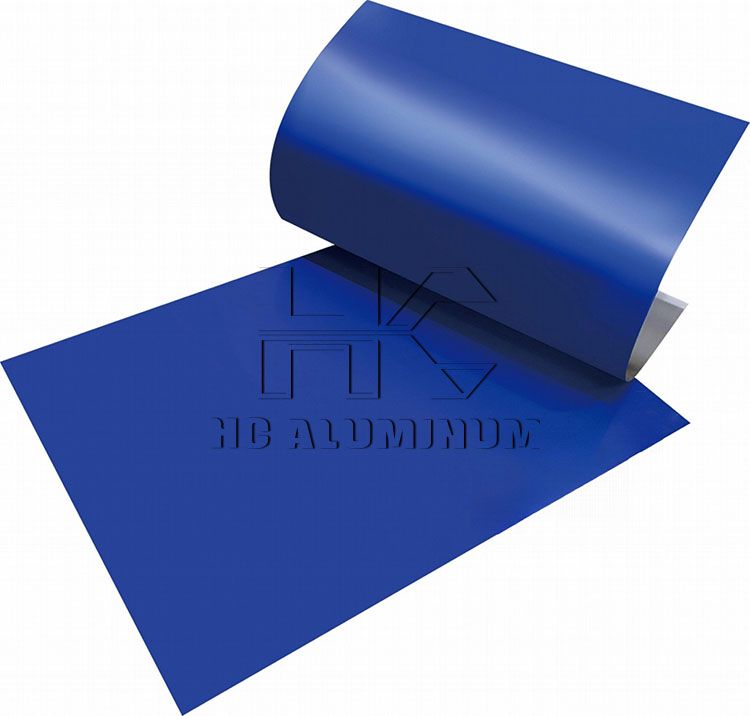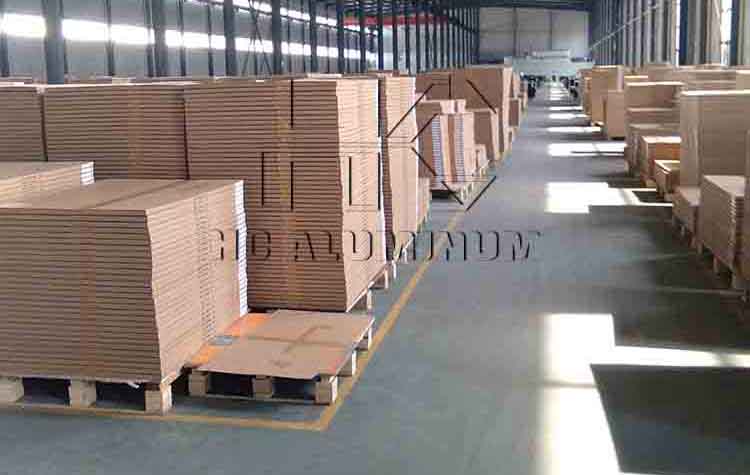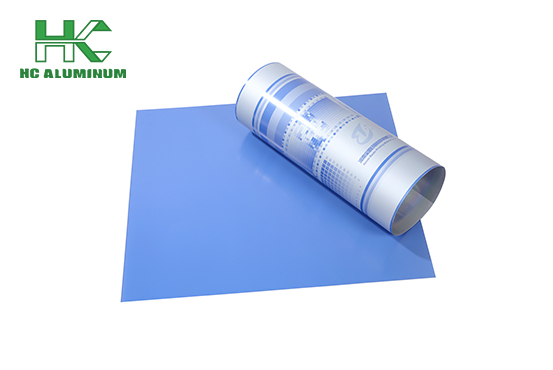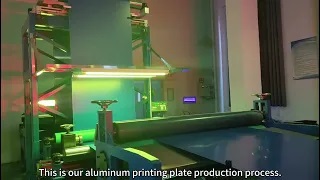What Are Applications Of Offset Printing Plates
In the wave of digital transformation in the printing industry, computer-to-plate (CTP) technology has become the core engine for improving efficiency and quality. As the carrier of CTP technology, the performance difference of offset printing CTP plates directly affects printing quality and cost.

1. Thermal CTP
Imaging principle: The CTP thermal coating on the surface of the plate is heated by an 830nm infrared laser, causing the coating to undergo physical or chemical changes (such as thermal decomposition and cross-linking) to form an oleophilic/hydrophilic area, thereby achieving image and text transfer.
Technical highlights:
High resolution: The laser spot can be refined to less than 10μm, supporting 300-line amplitude modulation screening (AM) and 20μm frequency modulation screening (FM), with sharp dot edges, suitable for high-end commercial printing and packaging fields.
Strong anti-interference ability: Operate in a bright room environment, no special safety lights are required, the plate storage stability is high, and it is suitable for complex production processes.
Long-run printing: The printing life of ordinary plates can reach 200,000-400,000 prints. After baking or using high-end plates (such as Kodak SONORA waterless plates), it can exceed 1 million prints to meet the needs of long-run printing.
Limitations: High equipment cost (about 300,000-1 million US dollars), short laser diode life (about 2,000 hours), and high maintenance cost.
2. Violet CTP
Imaging principle: 405nm purple laser is used to irradiate photopolymer plates to trigger photochemical reactions to form images and texts, which belongs to "cold imaging" technology.
Technical highlights:
Fast plate making: The laser power only needs 30-60mW (one thousandth of thermal CTP), and with the internal drum structure, the plate making speed can reach 80-120 sheets per hour, which is suitable for time-sensitive scenes such as newspapers.
Environmental advantages: The amount of waste liquid for photopolymer plate development is reduced by 90%, and some plates (such as Fuji Brillia PRO-VN) do not require chemical development and can be printed directly after gluing, which meets the requirements of EU REACH regulations.
Low-cost equipment: The laser is small in size and low in price. The equipment cost is about 60%-70% of thermal CTP, which is suitable for small and medium-sized printing plants.
Limitations: The plate is sensitive to ambient light and needs to be operated in a darkroom; the print run is low (about 100,000-300,000 prints), and it can reach 1 million prints after baking, but the cost increases.
Applications of violet and thermal CTP plates
1. Thermal CTP plate
Packaging printing: high-precision dot reproduction (such as 20μm FM screen) can achieve the delicate texture of luxury packaging, and high print durability is suitable for mass production.
Commercial printing: long-run projects such as albums and posters require stable output of more than 200,000 prints, such as Hongchang(HC) waterless plates, which can reduce the cost of chemical waste liquid treatment.
Special process: UV printing, metal ink printing and other scenes that require high corrosion resistance of plates, the grain structure of thermal plates has stronger resistance to chemical erosion.
2. Violet CTP plates
Newspaper industry and quick printing: The plate-making speed of more than 100 sheets per hour meets the rapid publishing needs of daily and weekly newspapers.
Printing on demand: Short-run jobs (e.g., less than 1,000 copies) are low-cost and can meet the demand for 100,000 prints without baking, which is suitable for personalized printing and digital proofing.
Environmentally sensitive enterprises: violet CTP plates have less waste liquid and comply with China's "Printing Industry Volatile Organic Compound Emission Standards", avoiding the risk of environmental penalties.
Game between cost and efficiency
Equipment investment: The price of thermal CTP equipment is about 1.5-2 times that of purple laser CTP, but in long-term use, the price of thermal plates has gradually decreased due to the large number of suppliers (28), while the price of purple laser plates is relatively high due to technical barriers.
Energy consumption and maintenance: The life of purple laser CTP laser can reach 10,000 hours, and the maintenance cost is low; thermal CTP laser needs to be replaced regularly, and the annual maintenance cost increases by about 15%.
Comprehensive cost: For long-run printing, the cost per sheet of thermal CTP is lower (about US$0.5-0.8); in short-run scenarios, purple laser CTP has more advantages (about US$0.3-0.6).
Hongchang has both CTP plates. Welcome to inquire what you need from us.
What Are Requirements of Printing Presses on Metal Printing Plates













